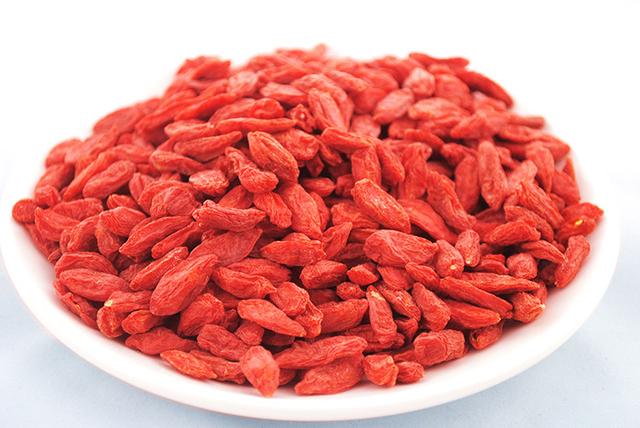Culture method of potted paulownia

Haitong, also known as Qi Li Xiang, Baozhu Xiang, Shan Rui Xiang, etc., is an evergreen shrub or small tree of the paulownia family, up to 6 meters high, with brown pilose twigs, umbels or corymbose umbels terminal or subterminal, usually planted as hedges, alone and clustered at the edge of the grass, at the edge of the forest, or by the door, or by the roadside. Let's take a look at the cultivation methods of potted paulownia.
Growth habits of paulownia
Strong adaptability to the climate, can withstand cold, but also quite resistant to summer heat. To the south of the Yellow River basin, you can survive the winter safely in the open field. It has strong adaptability to soil and can grow normally in clay, sandy soil and light saline-alkali soil. Strong resistance to toxic gases such as sulfur dioxide, hydrogen fluoride, chlorine and so on. The ability to adapt to light is also strong, more resistant to shade, but also quite resistant to the hot sun, but the growth in semi-shade is the best. The suitable temperature for growth is 15-30 ℃. It is kept in a cold and non-freezing room in winter. It can tolerate freezing temperature, but in order to make it grow well, the lowest night temperature should be kept above 13 ℃.
Breeding methods of paulownia
Haitong propagates by sowing or cutting. The capsule matured from October to November and was sown in the middle of March of the following year. With the strip sowing method, the seed germination rate was about 50%. The growth of seedlings is slow, it is generally necessary for 2-year-old seedlings to be on the pot, and for 3-4-year-old seedlings to be planted out of the nursery with soil masses. The cuttings were cut from 1 ~ 2-year-old shoots before the germination of new leaves in early spring, cut into segments every 15 cm, inserted into wet sand bed, sparse light, spray moisturizing, rooting for about 20 days, moved into the nursery for about one and a half months, and 2 ~ 3 years old could be planted in the pot or out of the nursery. In peacetime management, attention should be paid to keeping the tree shape, watering properly in drought, and applying base fertilizer once in winter.
Culture methods of paulownia
1. Upper basin: the upper basin of Haitong needs to be planted on the deep basin, and a circle of hard plastic sheets with a height of 5 to 8 centimeters is added along the upper part of the basin, with broken tiles at the bottom. When on the basin, the root can be improved accordingly, and the basin soil is slightly lower than the plastic circle, so the deep pot and shallow planting does not affect the survival.
2. Lighting: Haitong has a strong ability to adapt to light. It can be placed outdoors in summer and in a cool place in the shade of flowers if possible. Strong light does no harm to the plant.
3. Temperature: Haitong needs about 50% air humidity, and the suitable growth temperature is 1530 ℃. It is kept in a cold and non-freezing room in winter, and the lowest temperature is 5 ℃.
4. Watering: Haitong consumes a lot of water in summer and should be watered frequently. If the temperature is low in winter, the amount of water will be reduced accordingly.
5. Fertilization: Haitong is fertilized every two weeks in the growing season, and no rotational fertilizer is used in other periods.
6. Change the basin: the young plants of Haitong change the pot once a year, and the adult plants change the pot every 2-3 years. The pot is mixed with 1x3 rotten leaf soil and 2x3 clay or loam. The withered roots should be cut off when changing the pot. The basin soil should be added with new culture soil containing more organic matter.
7. Pruning: Haitong has strong branching ability and resistance to pruning. It needs pruning and shaping at the beginning of spring to maintain a beautiful tree shape. If you want to restrain its growth and propagate its branches and leaves, you should cut its top when it grows to the corresponding height. It has also been trimmed into various forms.
Related
- Fuxing push coffee new agricultural production and marketing class: lack of small-scale processing plants
- Jujube rice field leisure farm deep ploughing Yilan for five years to create a space for organic food and play
- Nongyu Farm-A trial of organic papaya for brave women with advanced technology
- Four points for attention in the prevention and control of diseases and insect pests of edible fungi
- How to add nutrient solution to Edible Fungi
- Is there any good way to control edible fungus mites?
- Open Inoculation Technology of Edible Fungi
- Is there any clever way to use fertilizer for edible fungus in winter?
- What agents are used to kill the pathogens of edible fungi in the mushroom shed?
- Rapid drying of Edible Fungi



